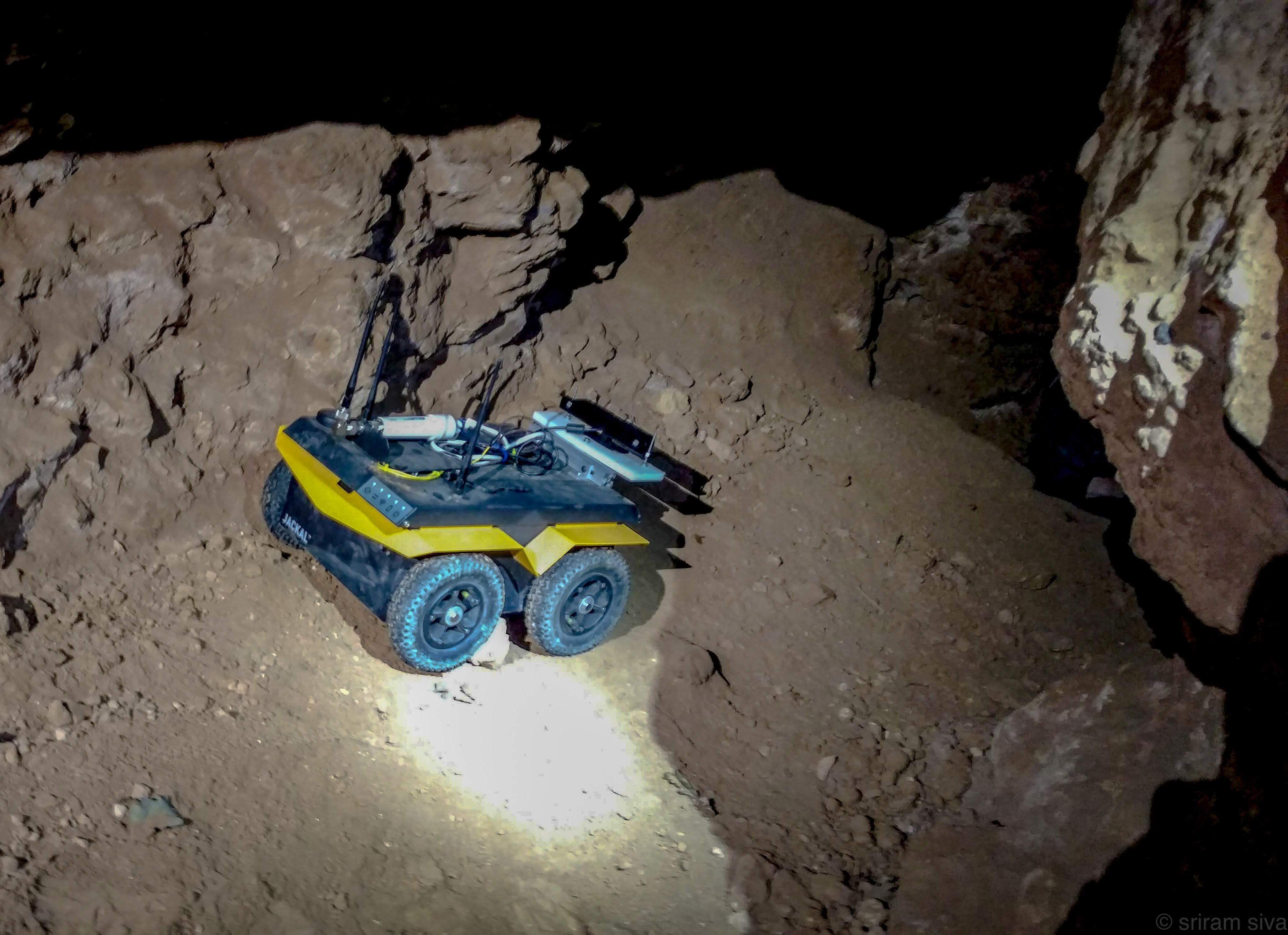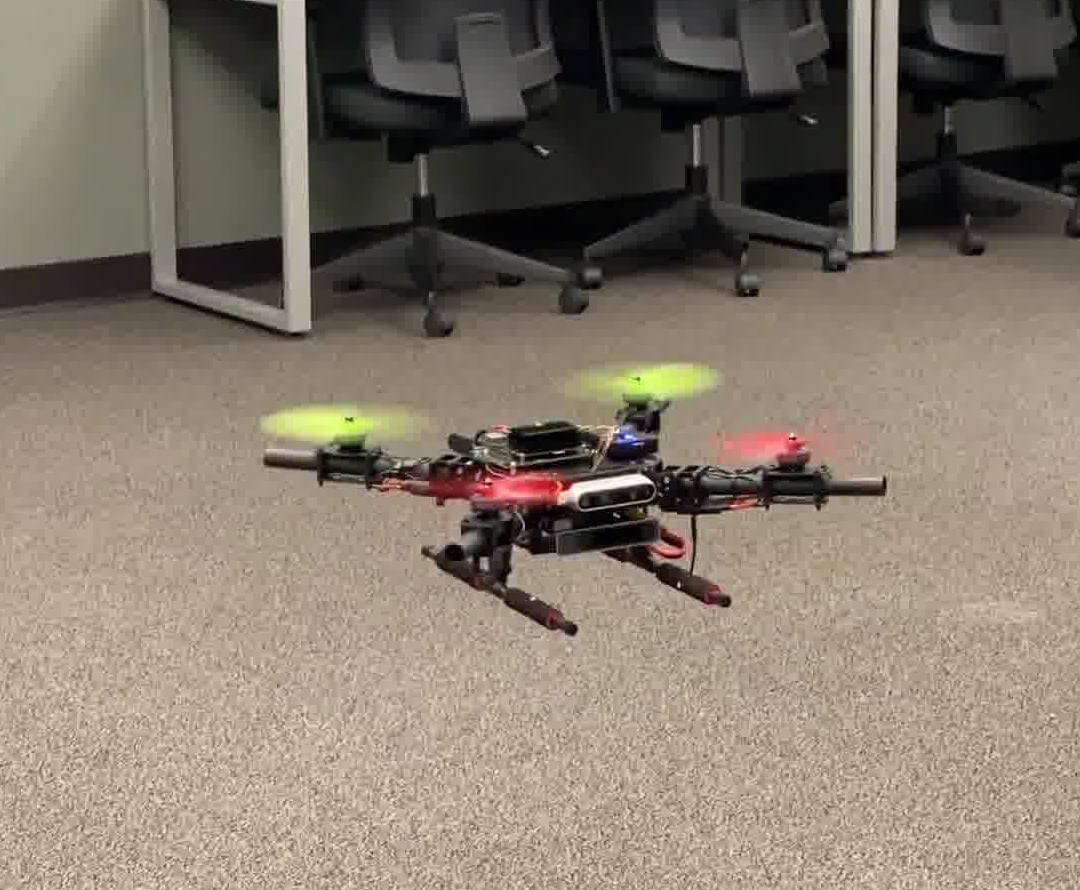Fieldwork
The most exciting research topics are the ones that are inspired by challenging real-world problems. I firmly believe that quality research comprises novel ideas paired with efficient algorithms fully implemented and rigorously evaluated in real-world environments. As my research revolves around robots learning and adapting during safety- and time-critical applications in various novel and unstructured environments, I have constantly applied my research for various robotic applications in harsh environments. Accordingly, evaluating my research aims to enable robots to operate both indoors and outdoors in real-world human environments, performing autonomy robustly over long-term deployments spanning months, seasons, or even years.
Edgar Experimental Mine
In real-world time- and safety-critical missions like disaster response, search and rescue, and reconnaissance missions, robots need the essential ability to adapt to the environment quickly. We perform rigorous testing to evaluate robots' ability to adapt with these challenging environments. The Edgar mine research facility at Colorado School of Mines provides valuable experience while training, developing, and testing the robots' ability to operate in harsh environments. My research aims to develop and demonstrate the ability of both UGVs and UAVs to perform visual SLAM and autonomous navigation despite failures in robot perception and actuation. Having an autonomous system perform these functions removes humans from these dangerous conditions. The figure below shows some fieldwork experiments of visual SLAM, autonomous exploration/navigation, and human-robot teaming.
Click here for a 360 video tour of the Edgar Mine on a robot (Please use a VR headset).
Complex Unstructured Terrains
The objective of my experiments is to evaluate the proposed research on robot adaptation to generate robust navigational behaviors for ground robots/vehicles. Literature and our previous research have shown that robots cannot consistently navigate over mud, sand, rock, grass, and snow terrain types with different terrain features (e.g., slopes). Due to complex terrain types and features, robots cannot execute their navigational behaviors to complete their navigational tasks. We accordingly develop methods to enable the capability of consistent robot navigation through self-reflective adaptation to unstructured terrains.
Accordingly, my experimentation in complex unstructured terrains allows a robot to reason about real-world challenges and adversaries, while also addressing the constraints imposed by real-world applications, and cooperate with robot teammates with different motion and sensing modalities. These terrains replicate the challenges of these real-world complex terrains. We also built an off-road terrain circuit track with different combination of terrains of varying slopes of 0-30 degrees throughout the track, made using a combination of grass, gravels, large rocks, mud and sand terrains.
In The Press
My research and fieldwork experiments over time at the Colorado School of Mines has been featured in the following media channels.| CGTN |
Engineers Develop Robots that are able to do Dangerous Jobs"Every day it seems, robots acquire new capabilities. The robotics field continues to evolve rapidly. Now, robots are starting to go underground to explore mines, caves and tunnels that can be pretty dangerous to humans." We are developing a team of autonomous and collaborative ground and aerial robots for underground and field reconnaissance. |
| Associated Press |
Robots Might Help Prevent Toxic Mine Spills"Crumbling mine tunnels awash with polluted waters perforate the Colorado mountains, and scientists may one day send robots creeping through the pitch-black passages to study the mysterious currents that sometimes burst to the surface with devastating effects." |
| CNET |
Watch a Spot Robot Explore an Old MineWe brought our robotic dog Spot from Boston Dynamics to the Edgar Mine for testing its out-of-box capabilities. This initial testing was featured by CNET: "The ground is rocky and uneven. Old, rusted rails that used to carry loads of precious metals run the length of the path. Most wheeled robots would have trouble navigating this uneven surface, but it's not a problem for Spot." |
Robots
Fulfilling my research goals require physical robots with advanced intelligence and maneuvering capabilities. To advance my research, I use both computationally high-performing and physically capable robots in aforementioned environments where only a limited knowledge of the environment is available prior to deployment. These robot need to operate for extended duration of time while making informed decisions at every step. Specifically, for evaluating my research, I use numerous mobile UGVs and UAVs in a wide variety of environmental settings. For all these robots, I have solely built the entire computation and communication modules upon which I run my custom autonomy stack capable of handling robot perceptiom, navigation, planning and learning. In addition, I have also built complete platforms for the UAVs with the sole aim of performing agile maneuvers.
Here are some of the robots that I am expert with and for which I have built the autonomy stack.
My gitlab page has detailed instructions on installing autonomy stack and also implementing my proposed methods.










